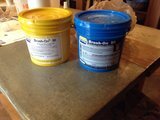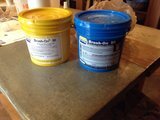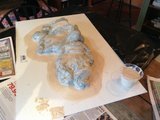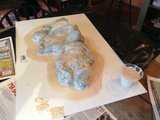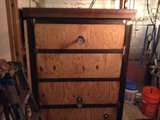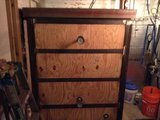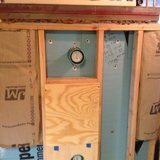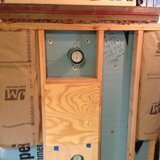On the floor there will be two water sensors, if they get wet, the pump will go on and empty the tank
I have a trench-drain,with grill, in the floor of my boiler room (suggested by insurance company, rather than required by them). In the event of a flood it won't stop the room flooding, but it will allow it to drain reasonably quickly and thus collateral damage should be limited (in duration at least!)


